If there was a book on how to develop a brand identity, it would sell a billion copies on the day of publishing. So far, there is only an article. This one.
Does Your Brand Need an Identity?
Although we all hear this term quite often, it’s really hard to pinpoint exactly what it means and how it works. Whenever someone out there mentions “brand identity”, we instantly imagine something along the lines of Apple, Levi’s, BMW, or LEGO.
However, a brand identity isn’t something that is reserved only for the big brands – after all, they all had to start from almost nothing. Any brand, big or small, can, must, should, and ought to have a proper brand identity since it plays such an important role in the overall business strategy.
Finding and creating a brand identity is a monster of a task as it requires deep thinking, a lot of research, time, and creativity. Doesn’t matter how magical and, at times, mystical the success of branding identity of some companies may seem to you, it all boils down to simple things, which we are about to cover.
What Is a Brand Identity?
Depending on your profession and general outlook, the definition of “brand identity” may differ. Yes, it’s your logo for sure. Can we include your custom website fonts there as well? Your custom color palette?
Here is a definition most of us would agree on:
A brand identity combines all the sensory and practical design elements that are exclusive to and commonly associated with a certain brand and its products/services.
While most of us usually concentrate on the visual aspect of a brand, there are cases when other senses are involved, for instance:
- sounds (that classic Windows startup sound)
- tastes (the taste of Coca-Cola (or, rather, the recipe of the drink) is trademarked alright)
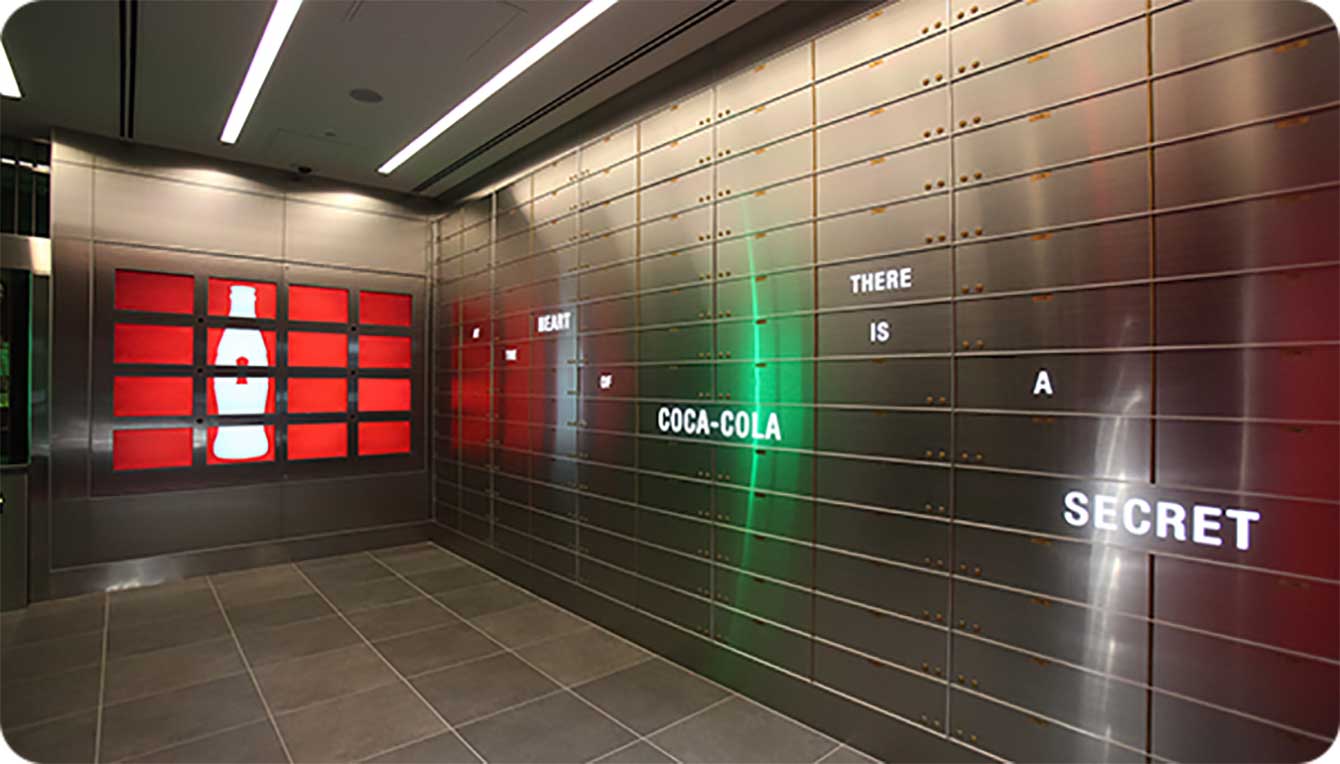
- scents (you will know a Boss perfume when you smell one)
- feel, touch, and shape (LEGO bricks)
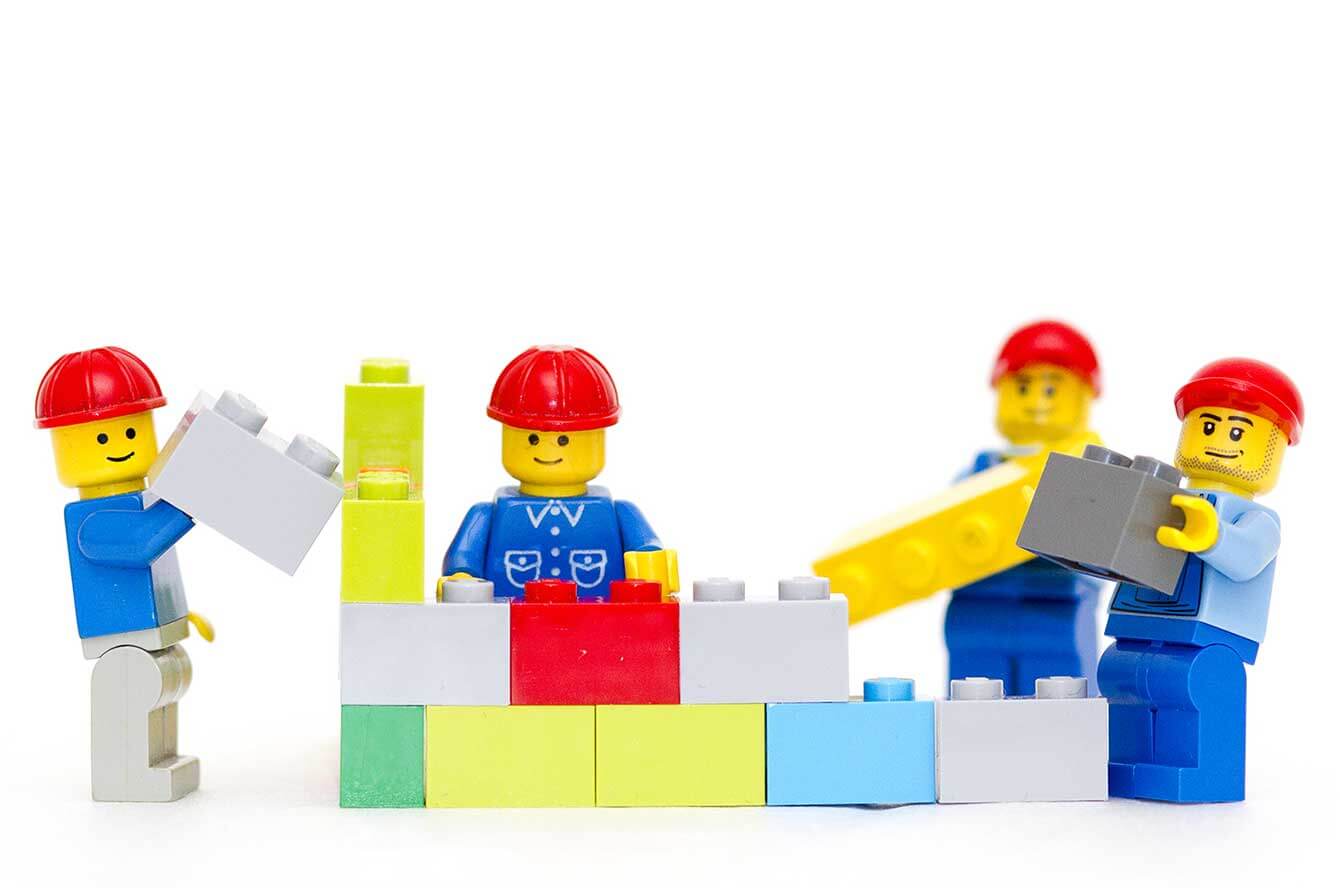
Therefore, in order not to limit ourselves, we would view “brand identity” as a combination of those, with a particular emphasis on the visual aspect.
Speaking of the visual aspect of a brand identity, we ought to point out the following elements:
- logo
- iconography
- color palette
- typography/fonts
- graphics
- other design elements
What Makes a Great Brand Identity?
Most successful brand with memorable identities will share these traits:
- Distinct: definitely not something either you or your competitors have ever seen before
- Memorable: it sticks. No matter how silly that Airbnb logo may seem to you, it does have that lasting impact and is instantly recognizable anywhere you see it.
- Flexible and free-associative: you don’t know what your brand might be up to in a few years, let alone decades – that’s why your brand identity should be as universal as possible.
- Easy to apply and reproduce: obviously, the fewer details you have, the easier they are to reproduce on any medium, existing or potential.
All this brings us to a very important conclusion: a great brand identity is an almost impossible combination of simplicity and expressiveness. Well, like it always is in this life – the simplest things turn out to be the hardest ones.

How to Develop a Brand Identity: The Steps
There are a few steps one has to go through to build a memorable brand identity – all of them listed below. To illustrate them on a popular example, we will take a real-life brand (LEGO) and see how these steps fit into their process of developing a brand identity.
1. Research and Discovery
This is where it all begins and sometimes finishes to no avail. Unfortunately, there is no algorithm that could generate congenial business ideas but there’s an algorithm on what to do after you already have such idea.
Start researching the market frantically looking for the information on the following elements:
- Audience. Who are these people you are catering to? What are their likes, interests, hobbies, income, marital status, etc? No progress can be until you define your target audience and find out everything about them.
- Competition. Whether you are an inventor or a follower, be sure that there are businesses out there doing more or less the same thing as you. Sooner or later, you will have to face them. Or, better yet, study them now to see what they are doing right and what – wrong.
- Market. One last thing to cover is the market – get as much meaningful data as possible to see how your business can benefit from the current market situation. Ideally, you should be able to find the information on where the market could go in the next 3-5 years. That ought to give you a better picture.
If you already have your brand running, these steps can be done during the course of brand audit – the process of evaluating the current brand capabilities and sizing up for the new ones.
How LEGO did it. The idea that LEGO founder Ole Kirk Christiansen had been nurturing for years seems pretty obvious now: to create a toy all parts of which would be interchangeable and interlocking.
He thought that the experience provided by the most toys at the time (the 1940s) was lacking versatility. The toys were the end product and children had to play them in a very limited number of ways.
Ole, on the other hand, was driven by the will to provide children with the means to play rather than the final product. He wanted the children to show their creativity and fantasy – that is where the building blocks idea came from.
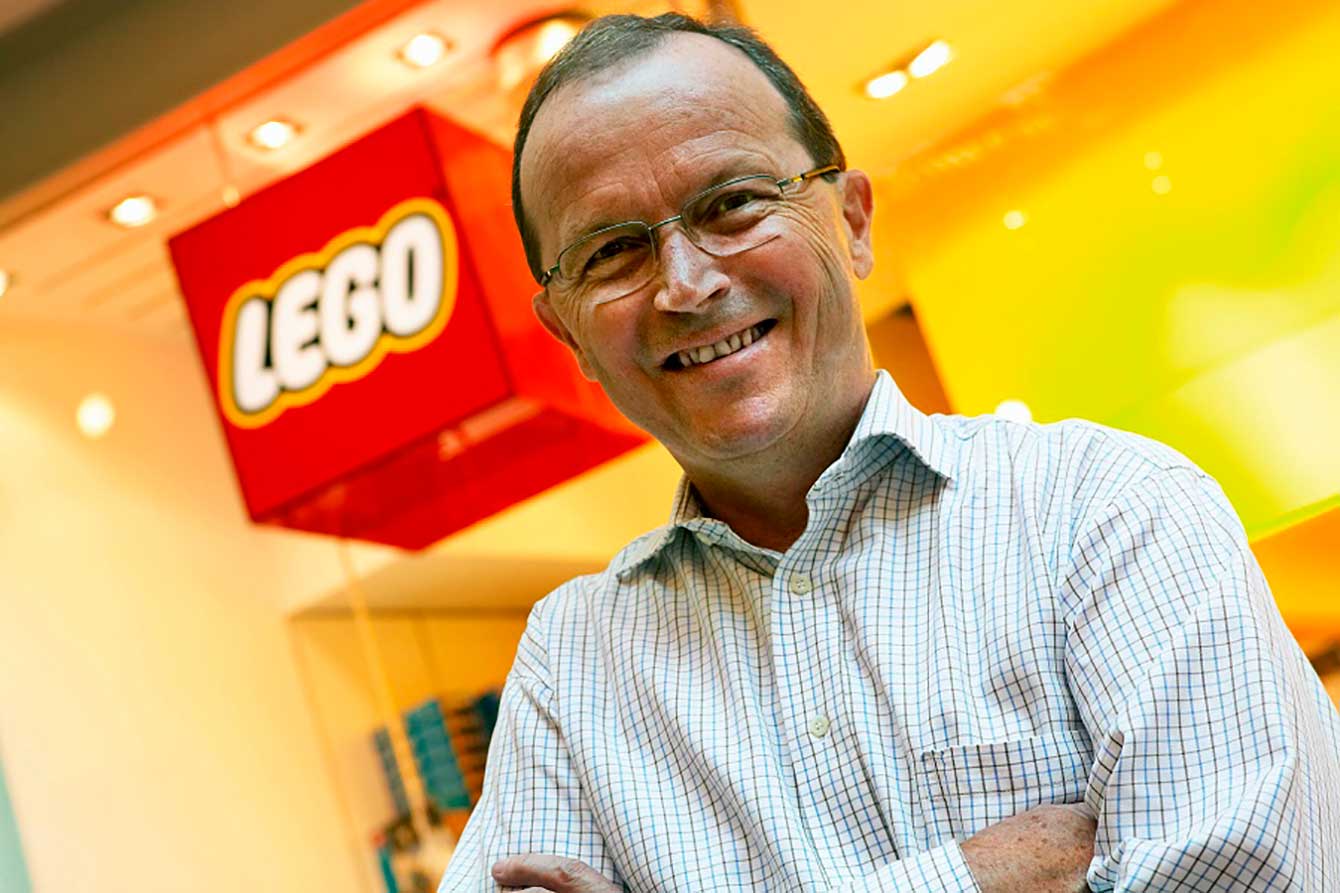
However, there couldn’t be any limitations as to how these blocks would be combined as it would have undermined the whole purpose of the construction toy. There had to be a way to provide such experience – and it had been found!
After some market research, Ole had discovered that a UK company Kiddicraft had been producing a series of self-locking bricks for a while at the time. LEGO specialists examined a sample of the product and modified its design a little bit to suit their purposes. The last missing ingredient was an injection molding-machine LEGO acquired around the same time.
Target audience – kids from 6 to 12 who want to realize their creative potential and have a toy that would provide countless hours of joy and entertainment.
Competition – there weren’t really any direct competitors at the time as LEGO were creating rather innovative products.
Market – LEGO started out producing their bricks at a transition era when wooden toys were losing their popularity to the ones made of plastic. Initially using cellulose acetate as their primary material, LEGO soon started experimenting to find a better alternative, which turned out to be a polymer called acrylonitrile butadiene styrene, patented in 1958.
An interesting fact worth noting: the quality and precision were and still are on such a high level that you could use any modern LEGO parts with those from the 60s or 70s and they would still lock tightly.
2. Visualization
When it comes to visuals (logo and overall style), one thing you need to start from is associations.
Play a little game to see what words/phrases/images resonate best with your brand. Create a lot of drafts to see what sticks and then eliminate them one by one until you feel the remaining one is the best fit.
How LEGO did it. They started out from the idea of a bright, colorful logo that would evoke a playful feeling in both parents and kids. The initial logo design resembled the wooden toys LEGO were making at the time while the latter two focused more on the brightness and the «block» feel of the letters.
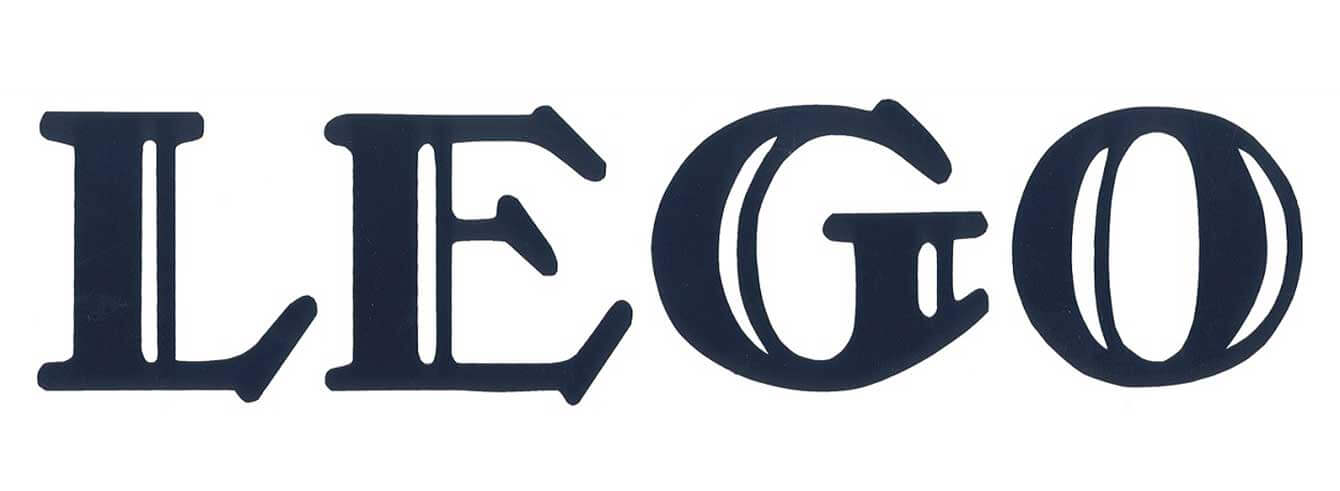
Original LEGO logo.
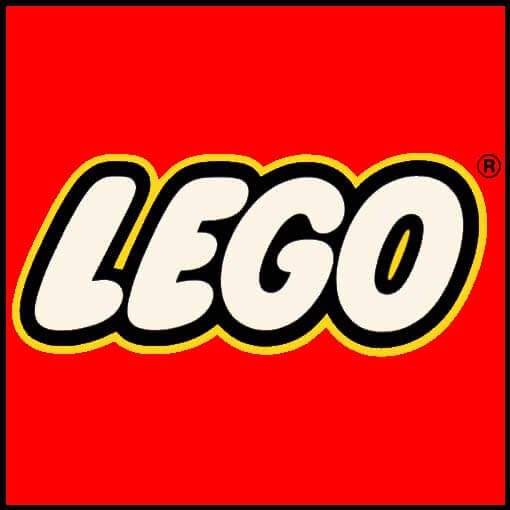
Lego logo from 1973 to 1998.
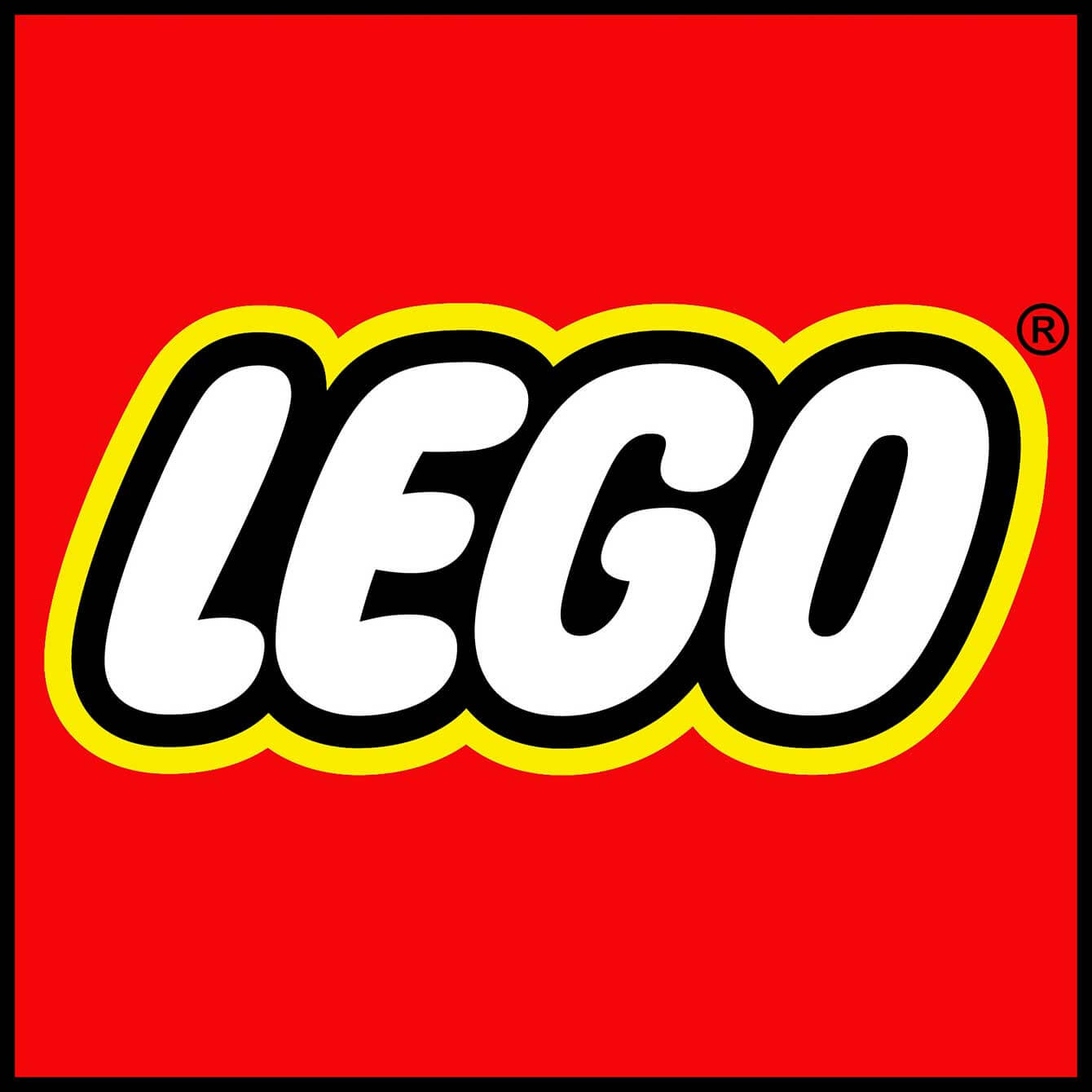
Present logo.
3. Production
Once you’ve finalized the logo, it’s time to create your personal style around it – that includes fonts, color palette, icons, and other elements of industrial design.
How LEGO did it. The bright, colorful logo with brick-shaped letters gave LEGO designers ideas for the product itself and its design.
Every brick has at least one logo and all of them are colored in bright, vivid colors.
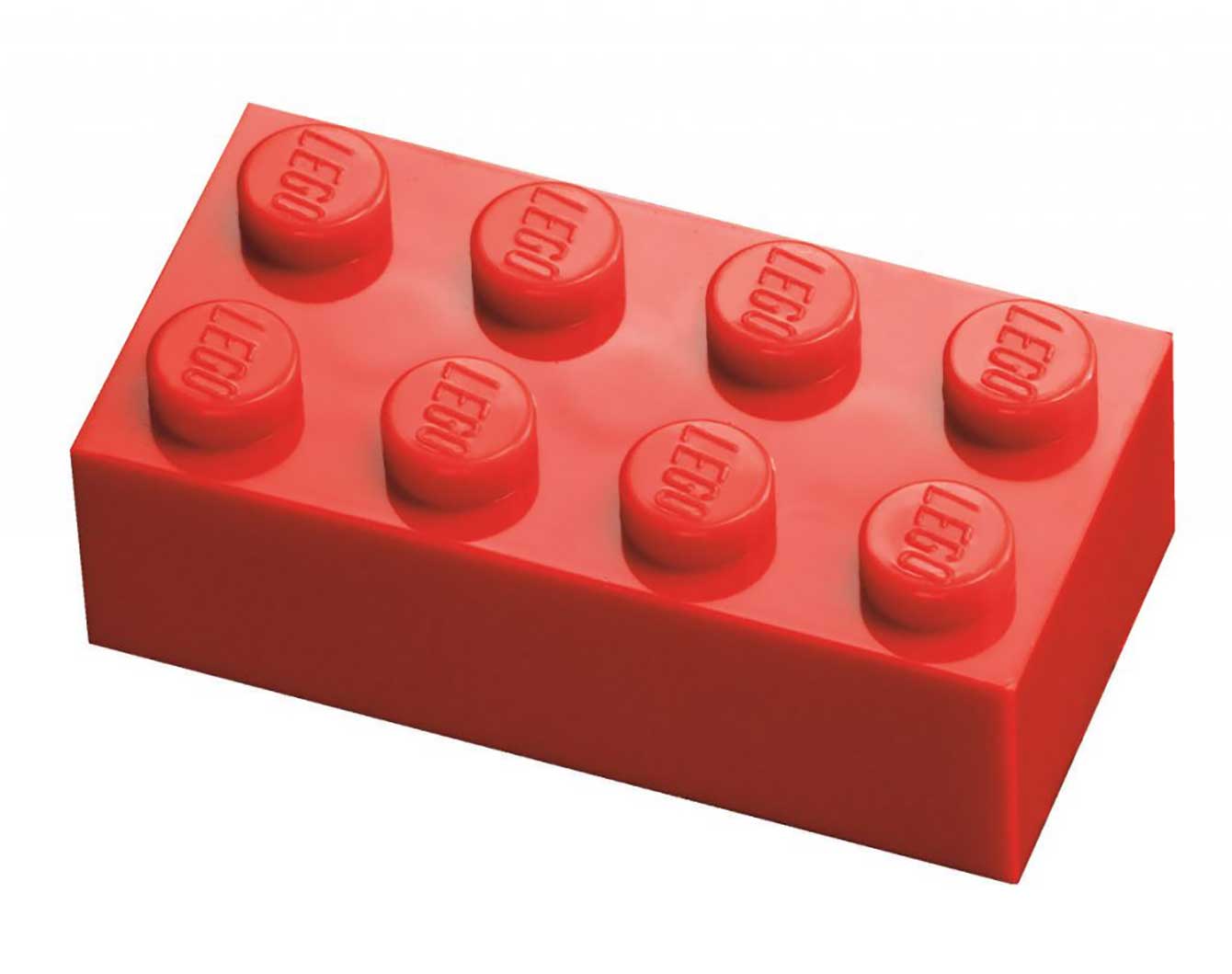
LEGO designers have also come up with some new fonts all of which had to resemble the idea of a technological construction toy.
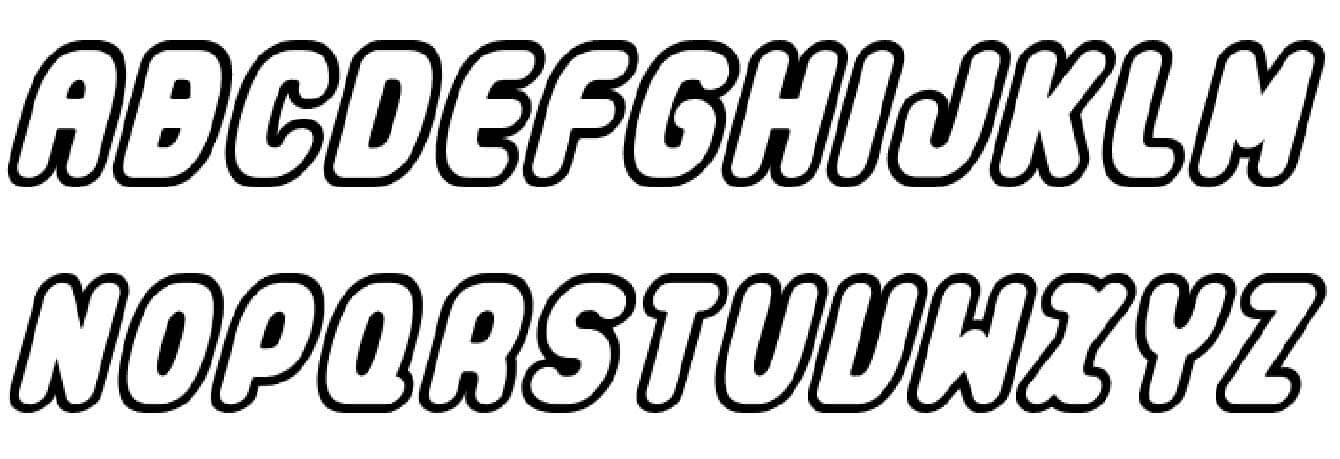
That carried onto the product boxes themselves.
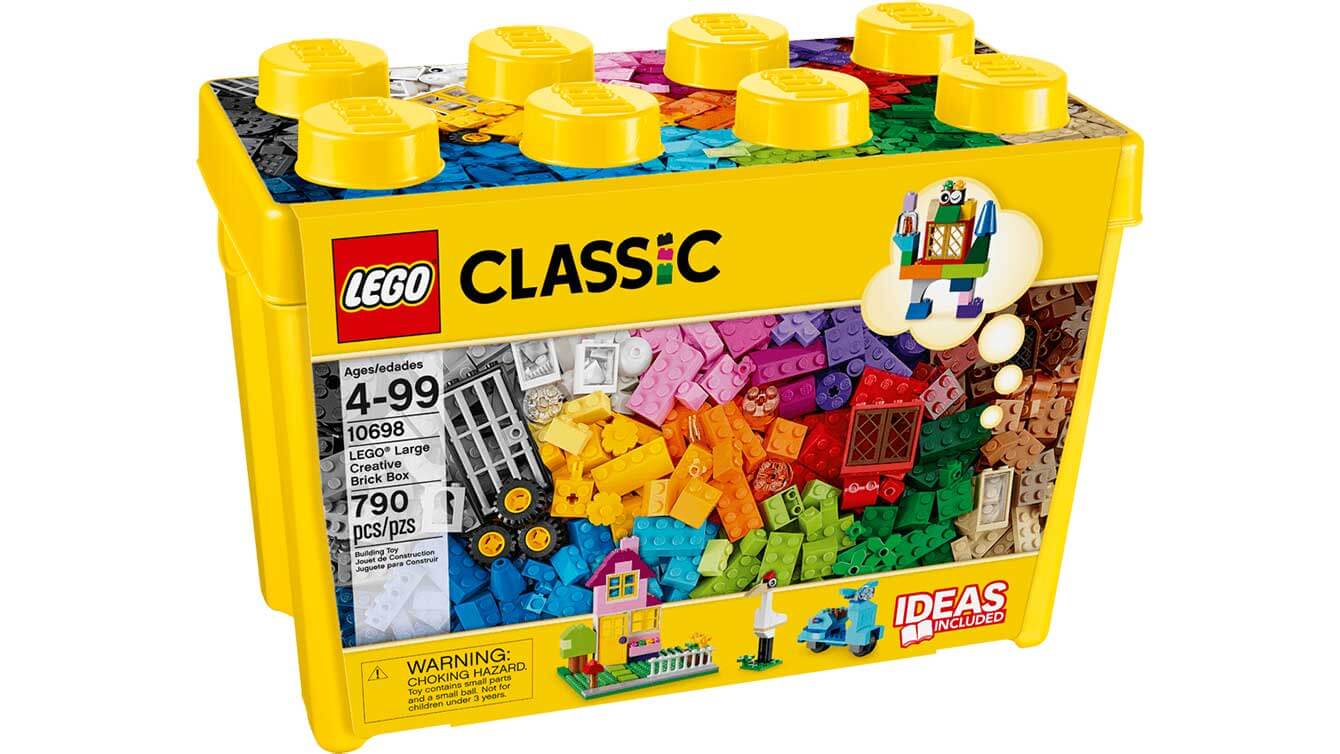
4. Creating the Brand Style Guide
The final step for you will be creating a brand style guide that describes all of the above. You will need this to keep the standards of your brand identity high and follow them strictly.
Conclusion
Thanks for making it to the end of today’s «How to Develop a Brand Identity That Would Conquer the World» article! If you enjoyed it, there might be some for you on my blog:





Comments0